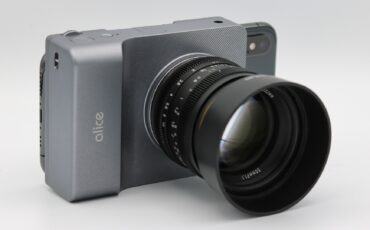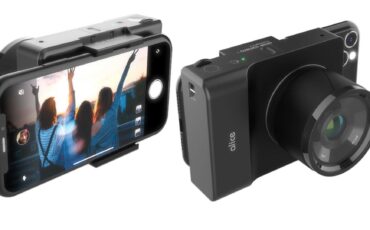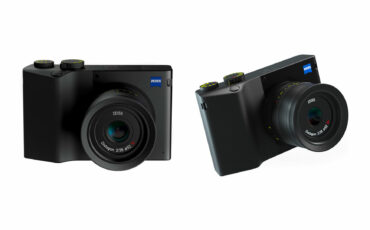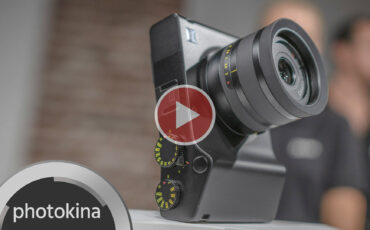The Future of Mirrorless Cameras? Alice Camera – Interview with CEO Vishal Kumar
Alice Camera is a new concept of a smartphone-connected device with a large (Micro Four Thirds) image sensor that is running a successful campaign on Indiegogo. We talked with Vishal Kumar, the CEO of the UK-based startup photogram.ai which is behind the Alice Camera.
I wrote first about the Alice Camera back in October 2020 when the team behind it first started to promote it on social media. Developed by a small UK-based startup photogram.ai, the Alice Camera went live on Indiegogo in early February 2021 – and as more technical details emerged, I wrote about it again. The creators of Alice Camera have since raised over £100,000 so it certainly woke some interest. Nino interviewed the CEO of photogram.ai Vishal Kumar to found out more about the Alice Camera concept. Let’s sum up what we have been told.
Alice Camera, The Future of Mirrorless Cameras?
As we learned, Vishal Kumar has a background both as a data scientist and content creator. Vishal’s colleague and the CTO of photogram.ai Dr. Liam Donovan is an electronics engineer with experience in photography and building AI-embedded hardware systems.
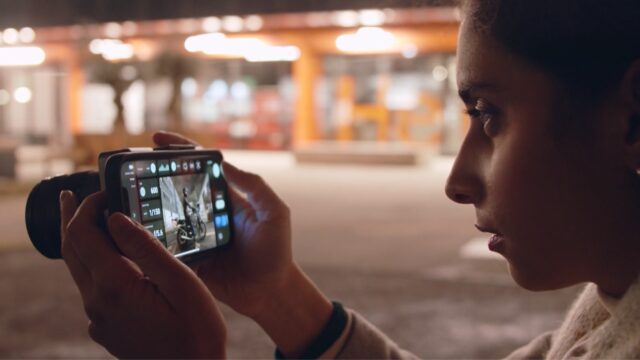
As Vishal points out, when it comes to computational photography and larger sensor cameras, there is currently nothing to choose from. The smartphone manufacturers have been doing this for the past five years or more. Traditional camera companies have mostly stayed away from AI and computational photography till now, so that is where Vishal and his team see the opportunity for Alice Camera.
According to Vishal, in many ways, traditional camera companies use mechanical solutions that are bulky and expensive to develop. An example might be IBIS (in-body image stabilization). He says that the electronic stabilization with a gyroscope that Alice Camera will use saves place and cost and it will be able to produce similar results.
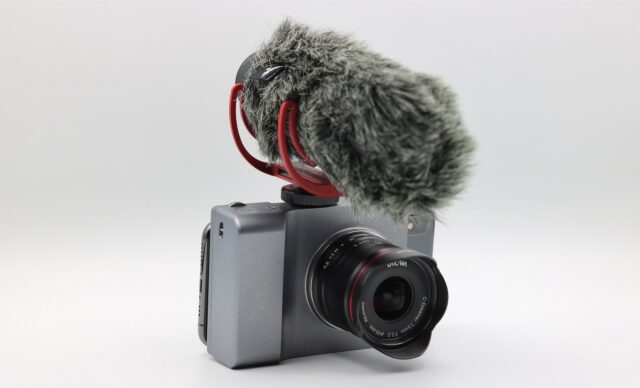
All the AI processing is being done in the Alice Camera itself. The smartphone is only being used for monitoring, controlling., and sharing the content. Alice has a Linux-based CPU and Google’s Edge TPU. The camera is supposed to learn from the photos it takes. That’s why the team claims that automatic features like autofocus and auto exposure will get significantly better with time.
Key Technical Specs of Alice Camera
- Image sensor: Sony IMX294 10.7MP quad-bayer dual-native ISO 4/3″
- Lens mount: Micro Four Thirds
- Video resolution: Up to 4K 30fps, 1080p 60fps in H.264 or H.265
- CPU: Google Edge TPU chip
- Smarphone support: Both iOS and Android, from 6.42 cm / 2.53 inch wide until 7.81 cm / 3.07 inch wide
- Audio input: 3.5mm jack for microphone
- Connectivity: Bluetooth 5.0, IEEE 802.11ac 2.4GHz and 5GHz WiFi with speeds up to 500Mbps
- Battery: non-removable 5,200 mAh lithium-ion with USB-C fast charging
- Storage: 32GB eMMC internal storage plus a MicroSD card slot
- Body: 1/4″ tripod thread, strap mounting points, and front-facing recording tally LED light
- Physical: weight 350-375g (0.77-0.83lbs) and dimensions 107x80x35mm (4.2×3.1×1.4″)
Similarity to Other Cameras
When it comes to similarity with other cameras, Nino mentioned the ZEISS ZX1 – a full-frame camera with a fixed 35mm f/2 lens, large touchscreen, and an Android operating system with built-in Adobe Photoshop Lightroom CC. We first witnessed the camera during its launch at Photokina 2018. It took ZEISS quite some time (over two years) but the ZX1 became available for pre-order in October 2020 and now it seems it is in stock at B&H.
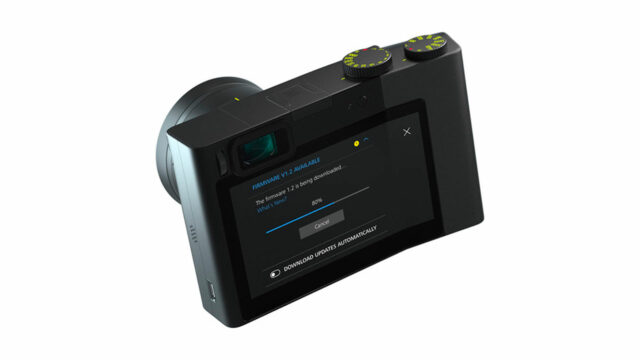
The ZEISS ZX1 is, of course, a different camera as it is an all-in-one device and it comes at a premium price of $6,000. As Vishal told us, he and his team initially were thinking of making a standalone camera with a screen on the back and a smartphone OS. They then abandoned the idea and focused on leveraging existing smartphones to prevent re-inventing the wheel so to say.
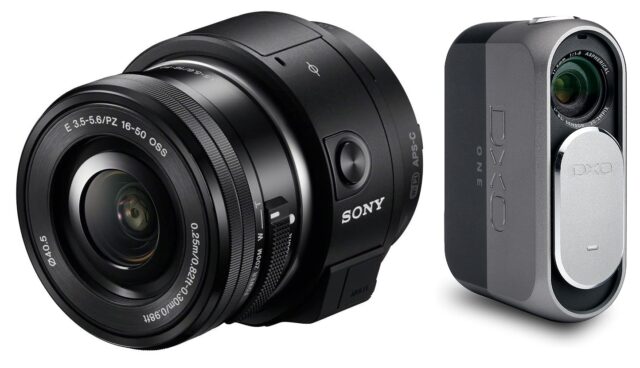
The idea of a smartphone-connected camera module with a larger sensor is not new either. Two examples of the past devices can be the QX-line (QX100, QX30, QX10, and the QX1) from Sony or the DXO One. None of these devices really became very popular, but the Alice Camera comes at a different time to a different market than the previous smartphone-attached cameras. Mobile phones became more powerful and they have better screens. At the same time, the demand for quick content sharing has risen since then, so I think the Alice Camera might meet a better fate
Current Development Stage of Alice Camera
The camera is currently at a development stage, so the photogram.ai team does not yet have a working prototype. That being said, it seems that they are doing many things right, and as Vishal told us they have every intention of bringing the project to a successful end and deliver the camera. The photogram.ai team launched a beta program in November 2020 where they now have a group of people that provide valuable input on what features are important and desired from the camera.
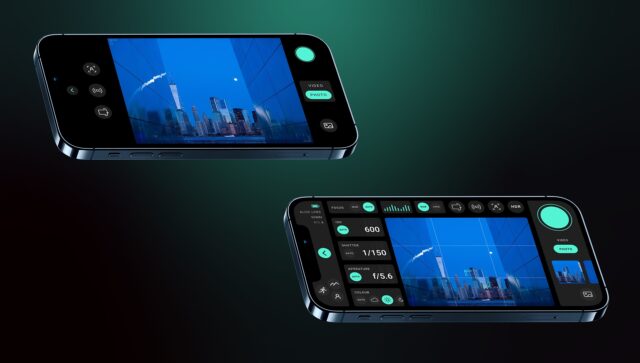
Another essential aspect to consider is that photogram.ai received a financial grant from Innovate UK which is a UK government’s funding platform with strict requirements for funded projects. The Alice Camera project has been reviewed on the feasibility and, in Vishal’s words, the funds from Innovate UK are certainly helping for the project to get to a successful delivery.
When it comes to an upcoming timeframe, the Indiegogo campaign ends on March 11, 2021. During spring 2021, the team will finish refining the camera’s hardware and software and building the smartphone app. Beta customers are supposed to get a first hands-on test of the Alice Camera around May 2021. The planned delivery of the camera is October 2021.
Price and Availability
The price for the Alice Camera currently starts at £600 with the Early Bird offer. There is also an option to purchase two pieces for £1000 (£500 each). Please mind that the shipping fees and taxes are not included in the price. As I mentioned, the shipping is estimated to start in October 2021. The planned full retail price will be £750.
Although the team behind the Alice Camera seems to be doing many things right, we feel obliged to say this at the end of every crowdfunding-related article: please be aware of the risks when backing a project on a crowdfunding platform. Please read Indiegogo’s terms of use – especially the section about “Backing a campaign”. Keep in mind that there can be significant delays when delivering the product. Some products even don’t get delivered at all.
What do you think about the Alice Camera so far? Do you believe this is the future of mirrorless cameras? Let us know in the comments section underneath the article.
